[Source: Emily Kowal @ Sydney Morning Herald]
Melissa Abu-Gazaleh has spent the past 18 years travelling to schools, mentoring young men with her charity, Top Blokes.
She presents on a number of issues: drugs, alcohol, risk-taking. But there’s one topic guaranteed to have boys raising their hands, desperate to talk: porn.
“Young men have a gut feeling that what they are viewing is not healthy, and it is harmful, but they don’t know how to escape it because it is everywhere,” she said.
Abu-Gazaleh is dealing with an influx of calls from parents and schools, desperate to tackle the burgeoning problem.
“It feels like a whole new world that young men are navigating today compared to previous generations,” she said.
“We have had a parent call us to talk about their six-year-old son showing signs of addiction. The level of stress parents feel about their sons is definitely very evident, and it is not uncommon for us to hear of parents or schools talking about six- to nine year-olds [having problems].
“The exposure to pornography is becoming earlier and earlier, and it’s often without [the child] seeking it.”

Credit:Wolter Peeters
Last week, a NSW parliamentary inquiry into the impacts of harmful pornography on mental, emotional and physical health heard children as young as six were showing signs of porn exposure.
Nowra Anglican College principal Lorrae Sampson, speaking on behalf of the Association of Heads of Independent Schools Australia, said she had seen an increase in young people impacted by viewing pornography, and the sexual objectification of girls by male peers.
“I’m seeing girls and teachers as well having to put up with boys making inappropriate sexual innuendoes or noises,” Sampson said.
Montgrove College principal Lourdes Mejia said she was surprised by the young age of children now showing signs of porn exposure, having heard of instances with year 1 and 2 students.
“You can see that they have had some access to pornography, from perhaps the stories that they tell or even sometimes the drawings or things that they write, the little notes that they pass to each other,” the head of the western Sydney Catholic school told the inquiry.
Hunter Valley Grammar School Principal Rebecca Butterworth told the inquiry teachers have noticed a connection between pornography and children’s behaviour in school.
“Students at a younger and younger age are having access to social media in a fairly unregulated way. What we are seeing is things like the sharing of sexualised images between students,” she said.
“I’m quite surprised by the age sometimes. It’s started in our school, sometimes around year 6, and then accelerated in year 7.”
A 2024 Sexual Harassment of Teachers Survey found 80 per cent of surveyed teachers had experienced sexual harassment by a student.
Among submissions and witness testimonies from principals and researchers, one issue kept surfacing, said the inquiry’s chair, Labor’s Dr Sarah Kaine: children are being exposed to pornography at an increasingly young age and parents are not ready.
“It really hit me how ubiquitous and accessible porn is for children. Parents are completely outgunned in terms of technology,” Kaine said.
“We don’t understand the algorithms, we don’t understand the methods for putting things in front of children … we are completely out of our depth.”
She said parents shied away from conversations about porn “at their own peril”.
“My generation has grown up with a notion of what sex education is, what safe sex is. That is inadequate now,” said Kaine.
“We need to be having much broader conversations about what is safe to do. It’s not just about wearing a condom, it’s much bigger than that, and we have to be prepared to have what are, let’s face it, really quite uncomfortable conversations.”
Some submissions to the inquiry questioned if education about pornography was occurring too late in schools.
Edith Cowan University researcher and sexual education specialist Giselle Woodley said teenagers she had interviewed recommended porn education by age 10.
“Some of the teens that we spoke to had access to pornography at eight or nine, so 10 is also, for some teens, too late,” she added.
Based on her interviews with children aged 12 to 17 and their parents, she said porn education was “lacking considerably or non-existent”, often occurring years after the teens had first encountered it.
Woodley said any porn education must be “context specific” and developmentally appropriate for a child’s age.
The NSW Education and Standards Authority has developed a new 25-hour program for Year 11 and 12 students, called Life Ready, that addresses respectful relationships, consent, coercive control and pornography.
In 2024, 160 specialist staff from across NSW received training in recognising and responding to harmful sexual behaviour. A new guidelines document to assist schools was released this term.




